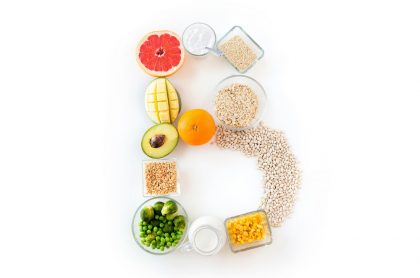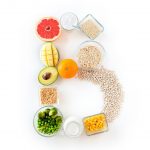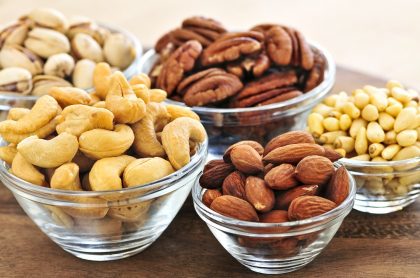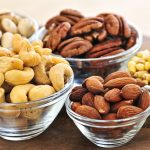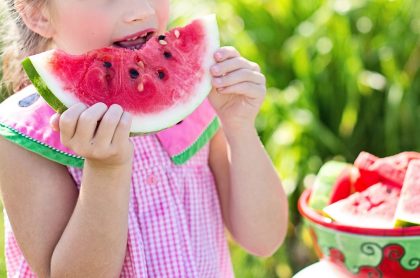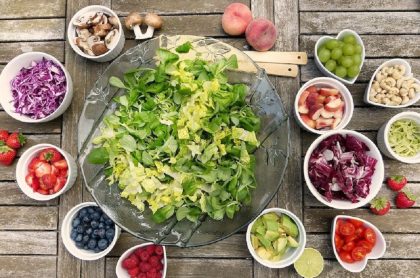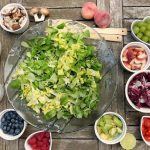Vitamin D – also known as the sunshine vitamin!


Up until recently vitamin D was an underdog, always hiding in the shadows of calcium, the ‘likeable’ micronutrient. But finally, vitamin D has become the new ‘it’ micronutrient, for a very good reason. Vitamin D is essential for brain development and functioning, strong and healthy bones, muscle and cardiovascular function, and a strong immune system. Hence, it is crucial for maintaining good health. Though our skin can synthesize vitamin D from sunlight very effectively, unfortunately a lot of people are vitamin D deficient. Groups at risk include as older adults, pregnant women, children and even elite athletes. Confused about vitamin D? Let’s break it down:
What is Vitamin D?
Vitamin D, also known as calciferol, comprises a group of fat-soluble sterols, with vitamin D2 and D3 being the two major ones. Vitamin D2 (ergocalciferol) is mostly human-made and added to foods we eat, while Vitamin D3 (cholecalciferol) is synthesized from ultraviolet rays that radiate the human skin and is consumed by eating some animal-based foods. Both vitamin D2 and vitamin D3 can be found in dietary supplements and fortified foods.
The main difference between the two is in their chain structure, but it does not affect their metabolism, as both can be activated in the human body and contribute their health-related benefits. Interestingly, only a small portion of the essential vitamin D intake comes from the food we eat. The rest must come from direct sunlight exposure or from supplements.
Why is Vitamin D so essential?
Vitamin D acts more as a hormone in our body rather than a ‘usual’ vitamin, and when serum levels of vitamin D drop, internal and external systems are affected. The vitamin is required for calcium and phosphorous regulation and absorption from our diet, therefore super important for maintaining healthy bone structure, healthy teeth, muscle strength, and a strong immune system.
So, should we call it the sunshine vitamin?
We already stated that sun exposure is how we get most of our vitamin D. Getting enough sunlight 2-3 times a week will likely produce enough of the “sunshine vitamin”. Even a few days of exposure to sunlight can make up for about a month of no sunlight exposure at all, since vitamin D is stored in body fat and gets released during ‘dark’ periods. However, the necessary exposure time varies with skin type, age, season and the hour of the day.
Easy come, easy go?
So, it sounds easy to get enough vitamin D, but the truth is that deficiency is very prevalent, most commonly in people who live in northern areas of the world or cold climates, people who stay indoors for most of the day (those who work long office hours..), people who stay covered up when outside. Older people are at even greater risk to develop a deficiency due to the fact they spend less time outside as well as have a weaker absorption and skin ‘receptors’ that convert sunlight to vitamin D.
What’s an adequate amount of vitamin D intake?
According to the USDA, the recommended daily allowance for children and adults (1 – 70 years of age) is 600 international units which is about 10-20mcg. Certain groups in the population, such as older adults, pregnant women, breastfeeding mothers and those who spend little time outside or have darker skin tones, are at a greater risk of vitamin D deficiency and should keep tracking levels and supplement their diet when needed.
What are the best sources of vitamin D?
1. The sun – obviously. In most countries, the body can synthesize vitamin D from March to September, but during the winter, it’s just not enough for us.
2. Foods – options are not very abundant. Oily fish, eggs and fortified foods such as cereals and spreads are good sources of vitamin D:
- Herrings (140g) – 26mcg
- Sardines (140g) – 15mcg
- Tuna (140g) – 10mcg
- Salmon (140g) – 8mcg
- Mushrooms (100g) – 5mcg
- 2 boiled eggs – 2mcg
3. Supplements and fortified foods
The bottom line is that vitamin D is an important micronutrient, essential for maintaining a healthy and strong body. Now, that the clocks shift back for winter time, it is better to check serum levels and consider taking supplements, to ensure an adequate intake. Try adding foods from the list above to your diet, to add some vitamin D to your diet.
For the first article in Noam’s vitamin series, click the following link: All about vitamin B.
Similar articles
-
Five Mediterranean superfoods you need to know about
inWe’ve all heard of the wonders of the delicious chickpea-based dish hummus and how healthy it is, but there are many other, less popular, Mediterranean superfoods.
-
Ensuring your child gets optimal nutrients (Part 2)
inNow that we’ve covered the macronutrients, we can delve into the world of micronutrients: vitamins and minerals. If macronutrients are the brawn, micronutrients are the brains. Without them, the body cannot function.
-
Going nuts for nuts! Five nuts great for snacking!
inAs a nutritionist, I always advise to make healthier decisions when it comes to choosing meals and snacks, and there is no doubt that nuts and seeds are at the top of my ‘better choices’ list.
More in Nutrition
-
Shouldn’t I be losing weight on a plant-based diet?
inLots of people who have recently transitioned to a plant-based diet have been asking, “shouldn’t I be losing weight on a plant-based diet?”
-
Your health destiny is not your child’s health destiny
inAre you thinking about having kids, but have poor health yourself? Do you want to give your child a better health destiny than your own?
-
Gut-friendly muffins when you’re stuck at home
inGut-friendly muffins can be just the thing to bake when you’re stuck at home during these difficult times.
